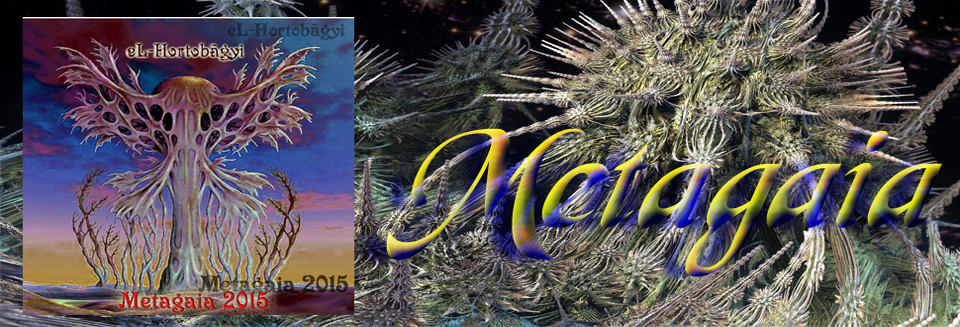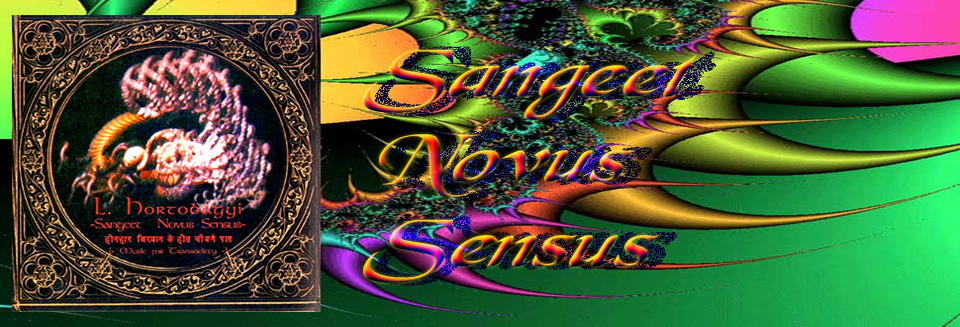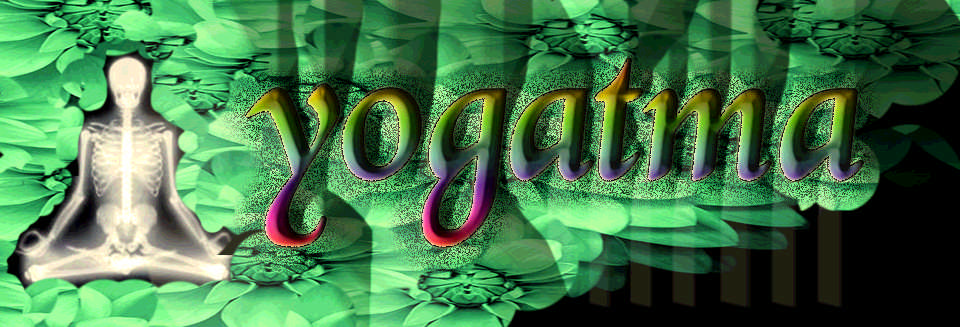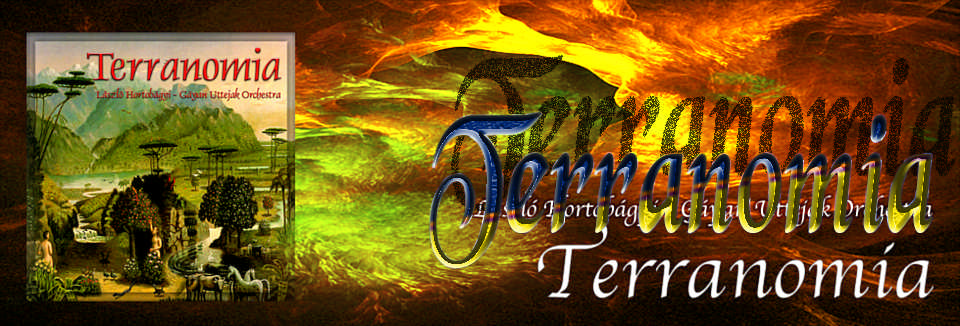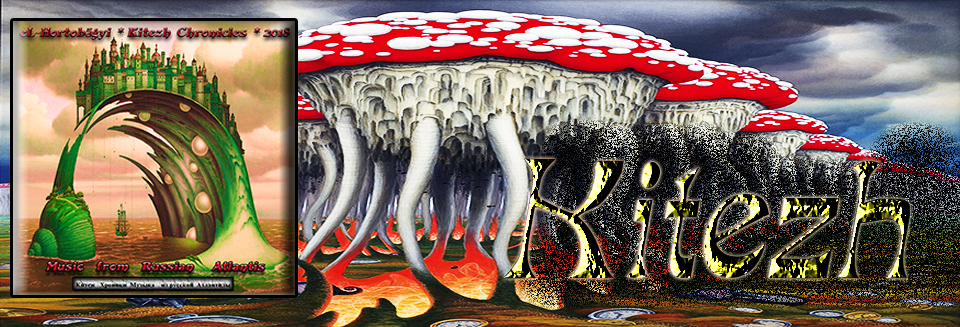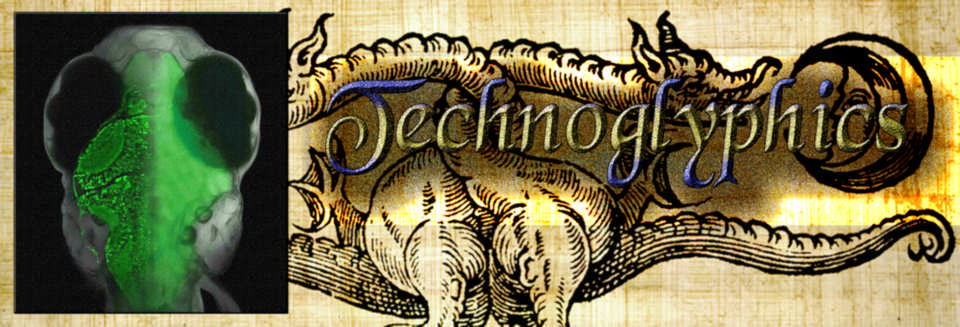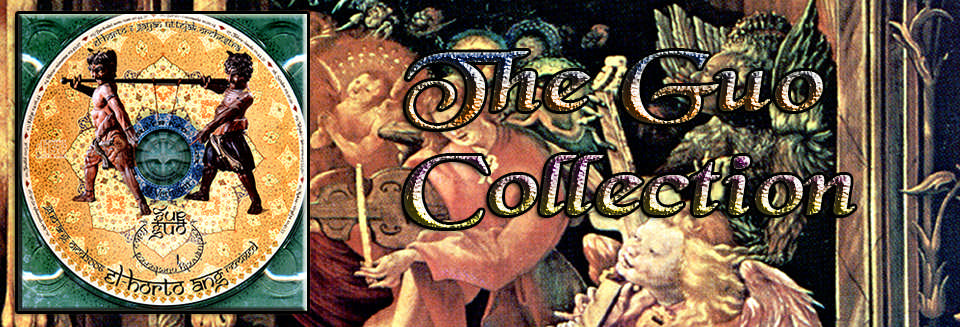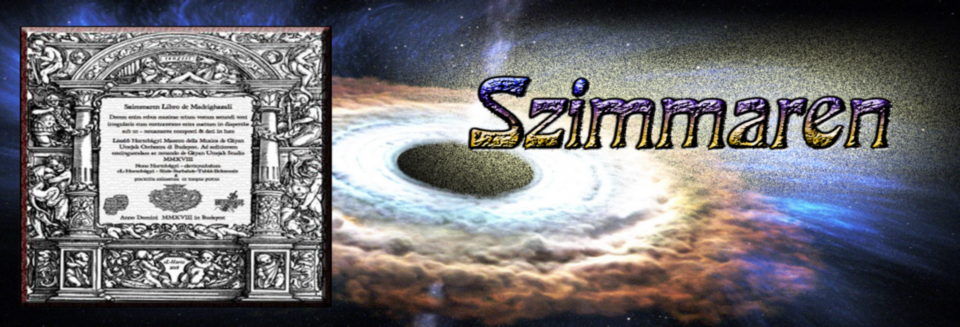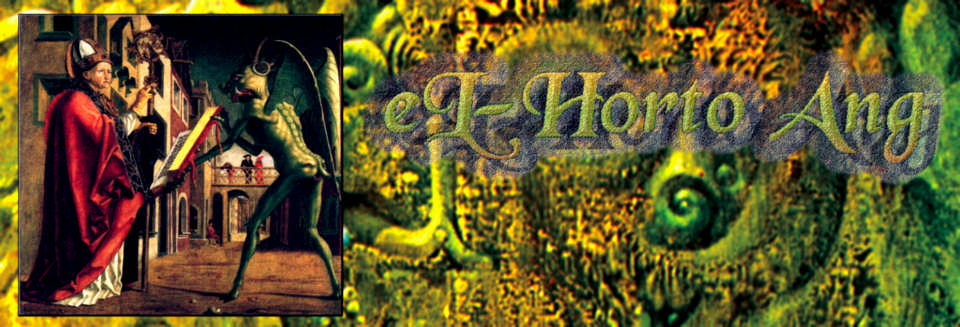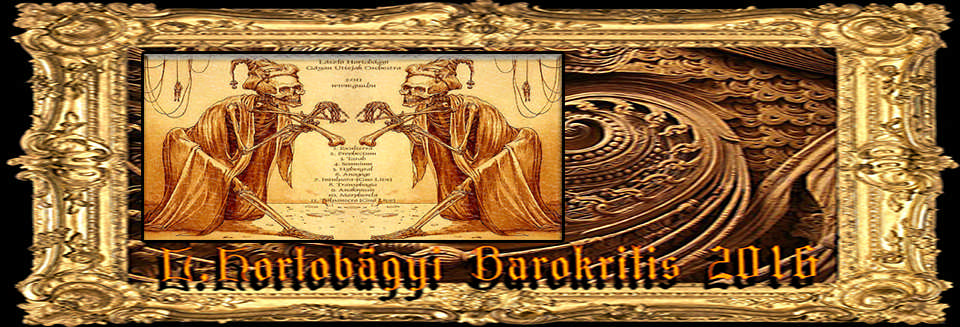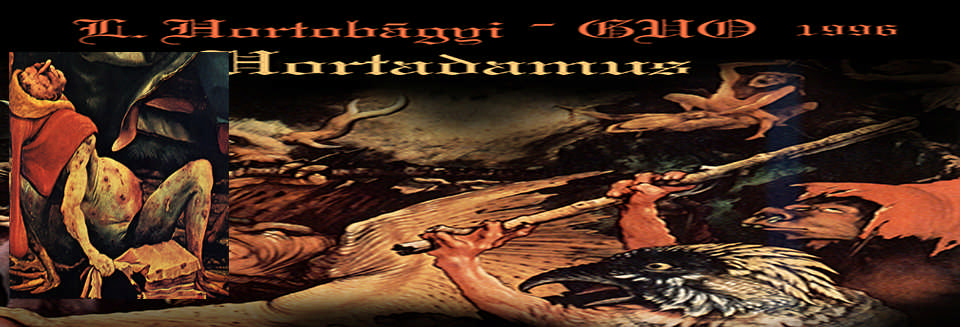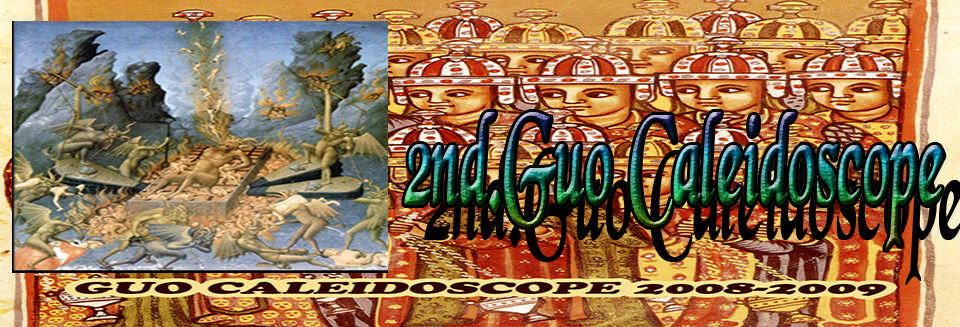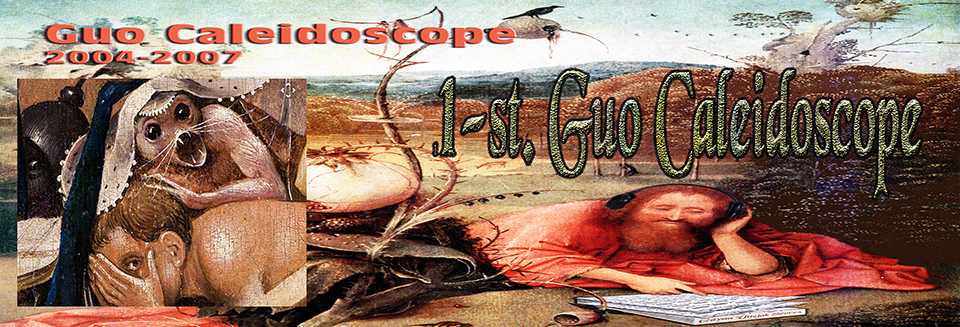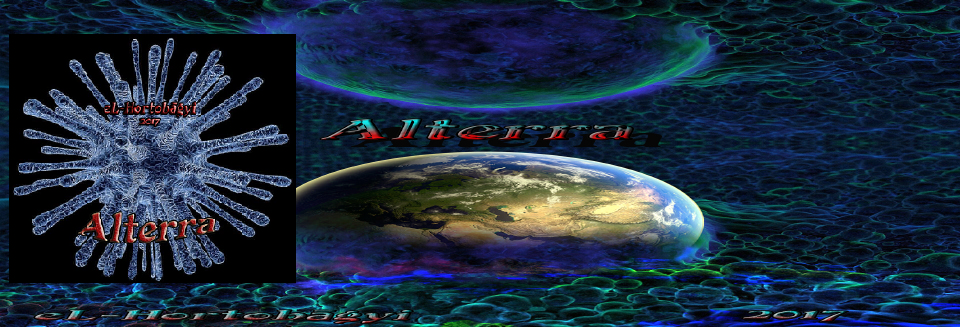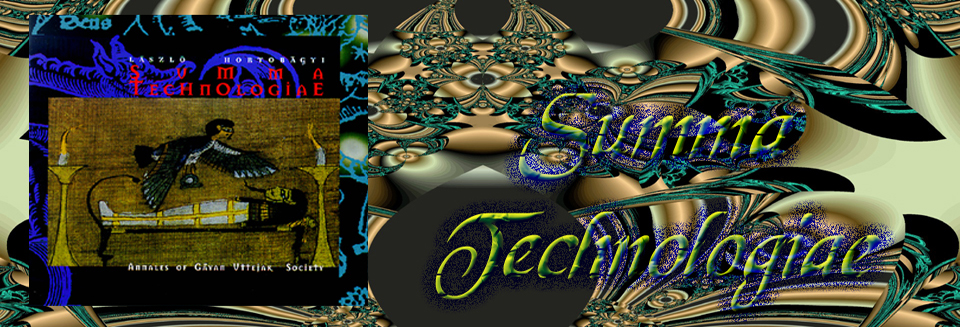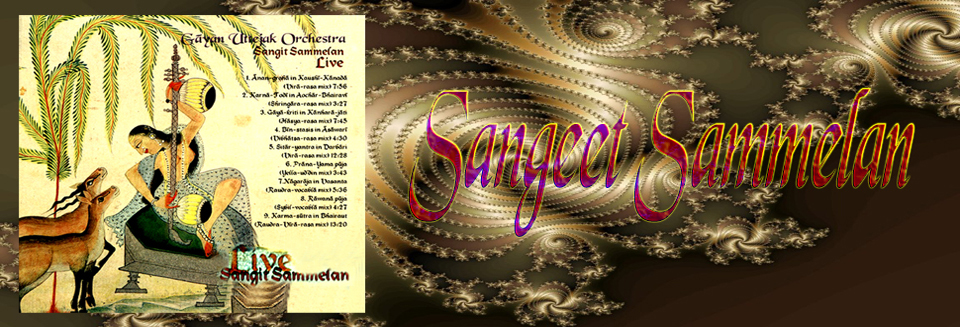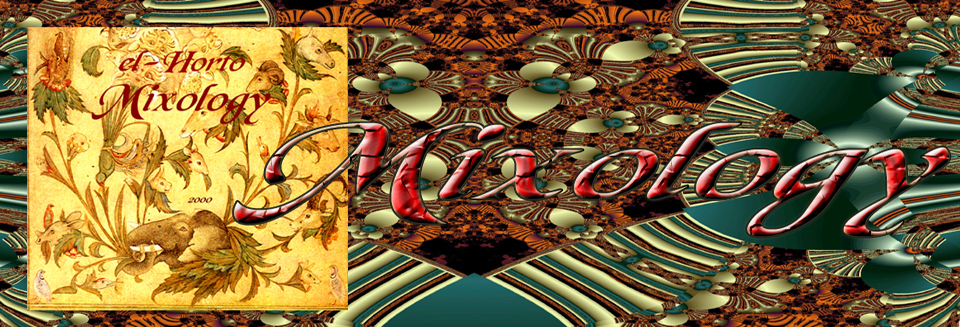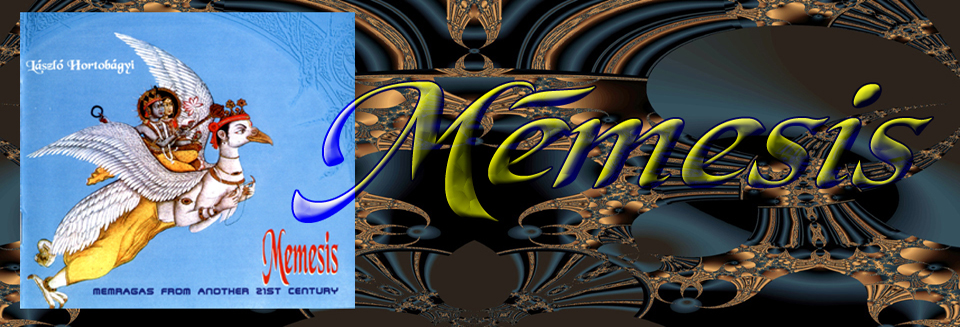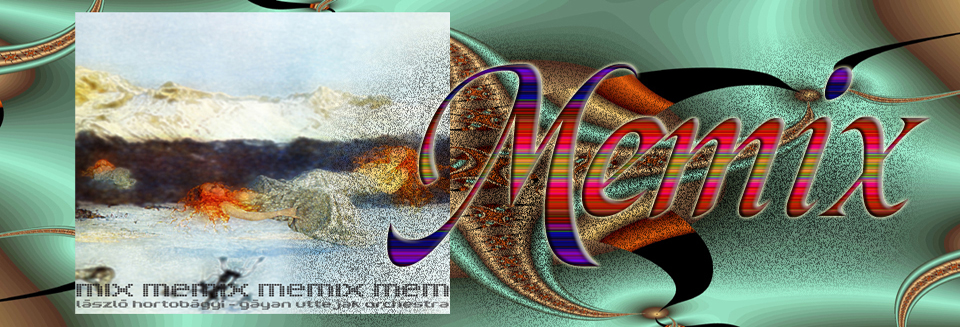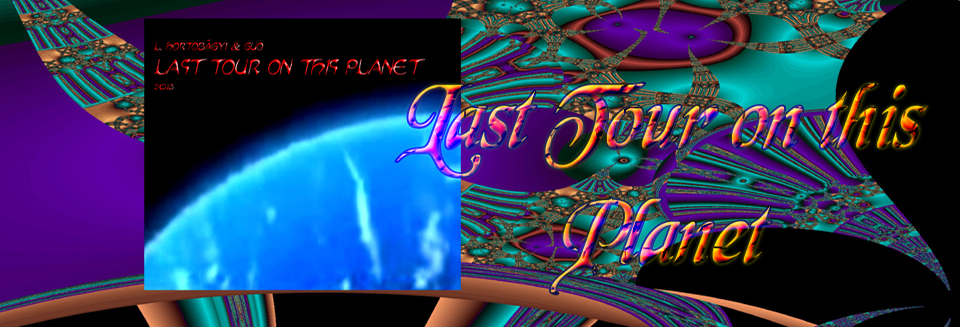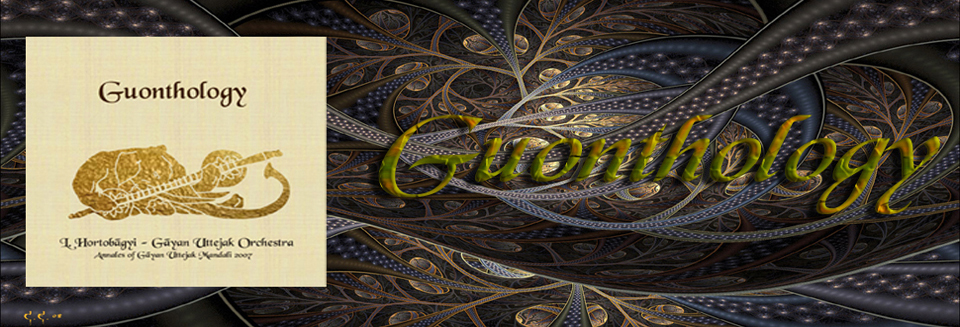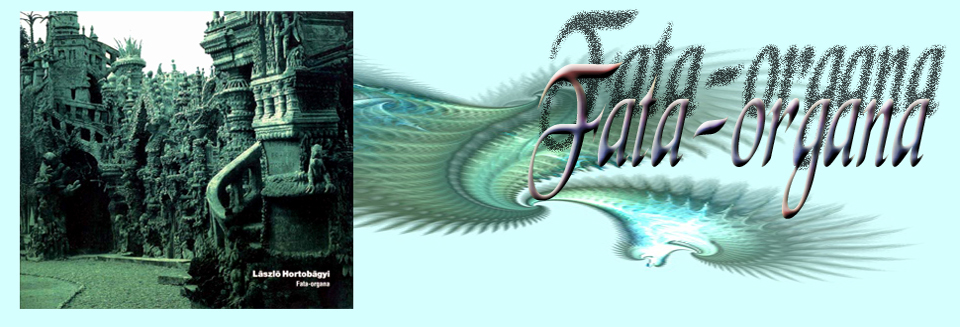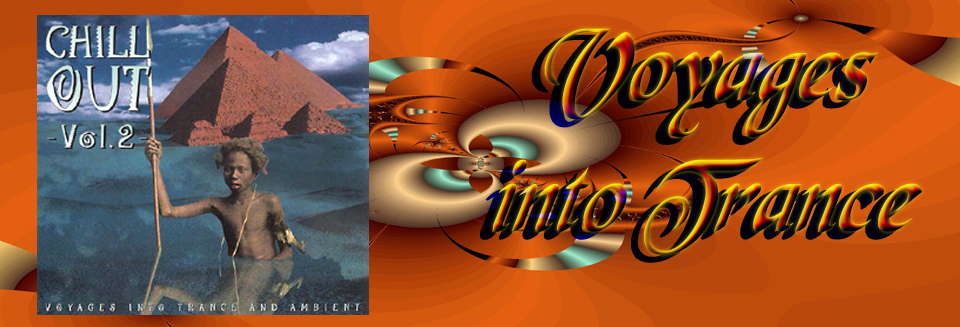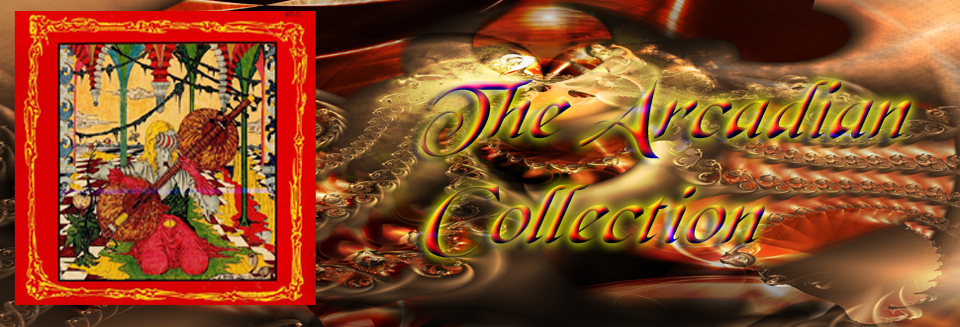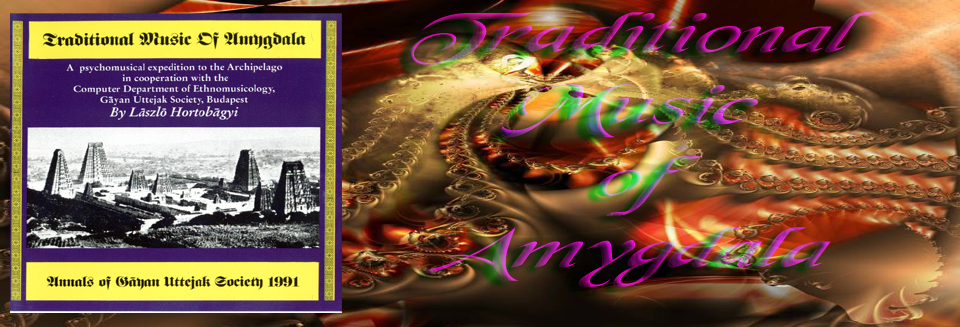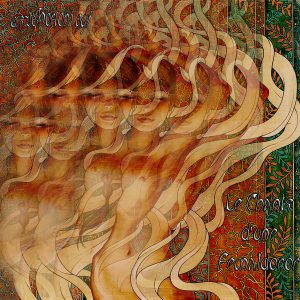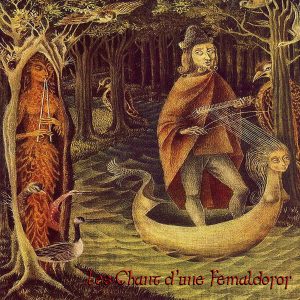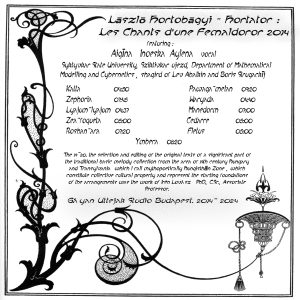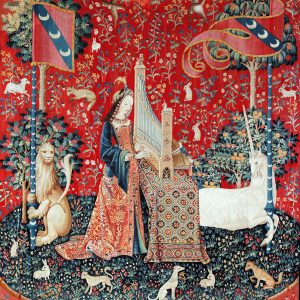Les Chants d’une Femaldoror (2014) – 2024.
audio & ordering:
under release
ttps://youtu.be/xxxxxxxxxxx
01 – Katta 04:50
02 – Zephoria 07:45
03 – Lyajum_lyajum 04:37
04 – Zea-foqueta 05:00
05 – Roshan-ara 07:20
06 – Pawaga-melan 09:20
07 – Waryada 04:40
08 – Manedorm 07:00
09 – Cedarre 05:00
10 – Fletus 05:00
11 – Ymbera 08:20
featuring :
Aigīna Inoeska Aylena – vocal
(Syktyvkar State University, Sziktivkar-ujezd, Department of Mathematical Modelling and Cybernetics
( shagird of Lev Abalkin and Boris Strugackīj )
*
The 19-20. the selection and editing of the original texts of a significant part of the traditional basic melody collection from the area of 19th century Hungary and Transylvania (which I call mythopoetically Hungisthān Zone), which constitute collective cultural property and represent the starting foundations of the arrangements
was the work of Irén Lovász, PhD., C.Sc., Associate Professor.
*
We know that words, grammatically written and spoken, are contaminated by the trace elements of social life, otherwise it would not be possible that the truth they represent is so little true
But there can be more than one degree of the phase-shifted essential understanding. One of these is, for example, the Maldoror-intimation, which is about misreading evil, much as the lyrics of Grimm‘s fairy tales or folk music are similarly about misreading evil.
Femaldoror‘s imaginary world attempts to depict this otherwise entirely plausible reality: the common root of cultures across space and time is nothing other than the millennia-old sublimated practice of liberation from that existence and the application of its sophisticated artistic techniques.
In contrast, the very foundations of human existence are generally they questioned as a circumcised hermaphrodite in the daily practice of incomplete self-reflexive, poppy-immersed, daydreaming, both in fashion and in science.
Here in Eastern Europe (Hungisthān Zone), there is no other region in the world in the 19th-20th centuries with such anomalies of hybrid societies, from cannibalism to Stanislaw Lem, and of the protozoic social interactions and death.
To give you an idea of this Dasein coefficient: the closest analogy would be the Chinese famine, when 30 million people died between 1958 and 1960, but that, as we know, was over a much larger area and population. The rapid execution of the later Cambodian massacre, which ‘affected’ 1.7 million people, also reflected the Eastern mass society’s values regarding the right to individual human life.
But nowhere else in the world is there such a cluster of killing as here, in this continental zone where at least three of the greatest European massacres of the 20th century took place more or less in the same place, overlapping in territory, from the holodomor to the holocaust.
In 1959 Stanislaw Lem wrote his novel ‘ Eden ‘ here (Zakopane).
See also present times : trauma communities live on.
This is one of the geopolitical and sociological facts that gives the real background to this small corner of the world and one of the reasons why the (Western) world understands almost nothing of the thinking of the people who live here.
When all this is established here in the Zone, there remains for the mortal nothing but the delusion that the individual can only be free within. Then, in the spirit of millennia of (global) practice, the “Path” (Sanskrit “mārg”) to the dark inner spaces of the individual and the irrational worlds, let us call it Mahāyāna in style, is opened for the majority. Or towards the world of science – this is always the minority – let us also call it Hinayāna in style.
This castaway existence without alternative (of the Asian type) leads to the intense study of music here in Eastern Europe, but also in most high cultures around the world, where the musical narrative created by the traditions of “communio” is used to overcome reality in an exodus from daily life as a millennia-old practice of as a quasi ‘yōga‘.
In both the East and the West.
Music, while applying strict physical-anthropological laws, is not rational at all.
It is rather transrational ( or trance-rational).
Because here, to survive meaningfully is only possible through a certain detachment and alienation transformation. There are advantages to this, and although it is not a merit, it is a serious task to be a member of this very old people, and you can’t be surprised in other countries and on their cultures if you were born as a Hungarian.
Being Hungarian is therefore no different from being a citizen of the world.
The universality of Hungarian traditional music, for example, shows this.
In the ancient layers of Hungarian folk music, mainly pentatonic melodies indicating coexistence with Turkic-speaking peoples spread. The fragments that have survived, despite centuries of decay, reveal – like the Hungarian language – an ancient deep layer, whose pentatonic ‘anthropology’ is similar all over the world. The Sunda Island chants can be interchanged at any time with the traditional 19th-century Hungarian-Transylvanian basic melody types.
Some of these are also of the sirató (weeper) type, collected in Transylvania and Moldavia. The other part of the pentatonic melodies is the descending type of folk song, their stanzaic structure is four-lined, their melody is not based on the “puritan” pentatonic, but is extended to a wider range of notes by the so-called fifth change. In Hungarian music, musicology in Hungisthān has shown musical influences from Byzantine music from the time of the Levant and then, especially in post-Conquest times, from Asian music.
The transcendental reality behind the songs here transforms the negative polarity of the sophisticated, dark background social frenzy of Lautreamon : Songs of Maldoror through the mythopoetic similarity of the vernacular of traditional music embedded in the life-feelings of the centuries, but it does so in the context of a balanced Yang-Yin type of performance.
A polarised distillate of the differently diseased societies in a common denominator at the world of transracional music.
(Lāszlō Hortobāgyi-Hortator, 2014)
*
featuring:
Aigīna Inoeska Aylena – vocal
(Syktyvkar State University, Sziktivkar-ujezd, Department of Mathematical Modelling and Cybernetics
( shagird of Lev Abalkin and Boris Strugackīj )
*
A 19-20. századi Magyarország és Erdély (általam mitopoetikusan elnevezett Hungisthān Zone) területéről származó, kollektív kultúrális tulajdont képező és a feldolgozások kiinduló alapjait jelentő tradicionális alapdallamkincs jelentős részének a kiválogatása és azok eredeti szövegeinek szerkesztése
Lovász Irén, PhD., C.Sc., Associate Professor munkája.
*
A nyelvtanilag megformáltan leírt és kimondott szavakról tudjuk, hogy a társadalmi élet nyomelemei szennyezik be őket, másként nem lenne lehetséges, hogy általuk ábrázolt igazság oly kevéssé igaz.
De lehetséges egy fázisváltó esszenciális megértésnek több fokozata is. Az egyik ilyen például az a Maldoror-sejtetés, amely hibás olvasatban a gonoszságról szól, ahhoz hasonlóan mintha a Grimm mesék vagy a népzenék szövegei is hasonlóan a tévesen vélt gonoszságokról szólalnának.
Femaldoror képzelt világa megkísérli ábrázolni, ezt az egyébként teljesen plauzibilis valóságot : a kultúrák téren és időn átívelő közös gyökere nem más, mint az abból a létből való szabadulás évezredes szublimált praxisa és annak kifinomult művészet-technikáinak az alkalmazása.
Ezzel szemben általában az emberi létezés alapköveit körülmetélt hermafroditaként kérdőjelezzük meg a mákonyba merített önreflexív hiányos ábrándozás napi gyakorlatában, a divatban, és a tudományban egyaránt.
Itt Kelet-Európa-ban (Hungisthān Zone) a világon a 19-20. században nincs még egy ilyen régiója a hibrid társadalmakra jellemző anomáliáknak, a kannibalizmustól Stanislaw Lem-ig, a proto-zooikus szociális interakcióknak és a halálnak. Hogy érzékeltessem ezt a Dasein együtthatót: a legközelebbi hasonlóság a kínai éhínség lehetne, akkor 1958–1960 között 30 millióan haltak meg, de az – mint tudjuk – sokkal nagyobb területre és lélekszámra vetült. A későbbi kambodzsai tömegmészárlás gyors kivitelezése is, amely 1,7 millió embert “érintett”, itt is leképeződött a keleti tömegtársadalmak értékrendje az egyéni emberi élet létjogosultságát illetően.
De sehol a világon nincs az öldöklésnek olyan klasztere, mint itt, ebben a kontinentális Zóna-ban ahol a 20. század legalább három legnagyobb európai tömegmészárlása többé-kevésbé ugyanott, területileg egymást átfedve zajlott le a holodomor-tól a holocaust-ig.
1959-ben Stanislaw Lem itt (Zakopane ) írta meg az Éden cimű regényét.
Lásd még jelenidők : a traumaközösségek tovább élnek.
Ez az egyik geopolitikai és szociológiai tény amely a valós hátterét adja a Föld eme kis pontjának és ez az egyik oka, hogy a (nyugati) világ szinte semmit nem ért az itt élők gondolkodásából.
Mikor mindez itt a Zóna-ban kialakul, akkor nem marad a halandó számára egyébb sorskönyv, mint az a tévképzet, hogy az egyén már csak belül lehet szabad. Ekkor az évezredes (globális) gyakorlat szellemében, megnyíllik a többség számára az “Út”, (szanszkrit “mārg“) az egyén sötét belső terei és az irracionális világok felé, nevezzük ezt stílusosan Mahāyāna-nak. Vagy a tudomány világa felé – ez mindig a kisebbség – , nevezzük ezt is stílusosan Hinayāna-nak.
Ez az (ázsiai tipusú) alternatíva nélküli hajótörött lét vezet el a zene intenzív tanulmányozásához itt Kelet-Európa-ban, de nagyrészt a világ minden magaskultúrájában is, ahol a “communio” hagyományai által létrehozott zenei narratívát a valóság legyőzésére használják a napi léttől való szabadulás (exodus) évezredes (quasi) ‘yōga‘ gyakorlataként.
Keleten és Nyugaton egyaránt.
A zene – bár szigorú fizikai-antropológiai törvényeket alkalmaz – egyáltalán nem racionális.
Inkább transzracionális ( vagy trance-racionális).
Ugyanis itt értelmes életben maradni csak bizonyos elvonatkoztatás és elidegenedési transzformáció segítségével lehetséges. Ennek vannak előnyei, s bár nem érdem, de komoly feladat ennek a nagyon régi népnek a tagja lenni, s nagy meglepetés már nem érhet más országokban és kultúrákban ha magyarnak születtél.
Magyarnak lenni tehát nem más, mint világpolgárnak lenni.
Ezt mutatja például a magyar népzene univerzalitása is.
A magyar népzene ősi rétegeiben a türk nyelvű népekkel való együttélésre utaló, elsősorban pentaton dallamok terjedtek el. A fennmaradt töredékek, az évszázados pusztulás ellenére, – a magyar nyelvhez hasonlóan – egy ősi mélyréteget tárnak fel, amelynek pentaton “antropológiája” a világ minden részén hasonló. A Szunda szigeti énekek bármikor felcserélhetőek a 19.-dik századi tradicionális magyar-transylvan alapdallam típusokkal.
Ezek egy része szintén sirató (weeper) típusú, Erdély-ben és Moldva-ban gyűjtöttek hasonlókat. A pentaton dallamok másik része az ereszkedő típusú népdal, strófaszerkezetük négysoros, dallamuk nem a „puritán” ötfokúságra épül, hanem azt az úgynevezett kvintváltással bővítették fel egy szélesebb hangtartományba. A magyar zenében a hungisthān-i zenetudomány kimutatott Levédia idejéből származó bizánc-i, majd – főleg a honfoglalás utáni időkből – ázsiai zenei hatásokat is.
Az itt hallható énekek mögött meghúzódó transzracionális valóság az évszázadok életérzéseibe rejtett népzenei köznyelv mitopoetikus hasonlósága révén áttranszformálja Lautreamon : Maldoror énekei-nek a kifinomult, sötét hátterű társadalmi tébolyának negatív polaritását, mindezt azonban egy kiegyensúlyozott Yang-Yin típusú előadás keretében ellentételezi fel.
Az egymástól másképpen különböző beteg társadalmak polarizált párlata egy közös nevezőben a transzracionális zene világában.
(Hortobāgyi Lāszlō -Hortator, 2014)
*
GrFx Download


